After spending an inordinate amount of time painting our miniatures, most of us are guilty of not putting equal effort into the final photos or videos of the finished project. I am no exception. Though I do try, there is still so much more about photography, video recording, and their post-production processes I should know in order to make the painted miniatures look like they do in real-life to the naked eye. I am also guilty of placing the miniatures against just plain backgrounds. With that playing on my mind, I plan to spice things up once in a while by using a green/blue chroma key backdrop.
While I have had my eye on a green screen backdrop for quite some time, more so now that I have the requisite post-production editing tools, I could never quite get my hands on one. This was mainly due to the high prices that these chroma key screens usually fetch. Finally though, I managed to find a close to year-end bargain of a Selens green/blue reversible backdrop. Being an on and off again photography enthusiast, I don't really know much about Selens apart from it being a company whose products focus mainly on photography equipment and accessories. So I figured I would be better getting a chroma key screen from such a company rather than any regular green cloth.
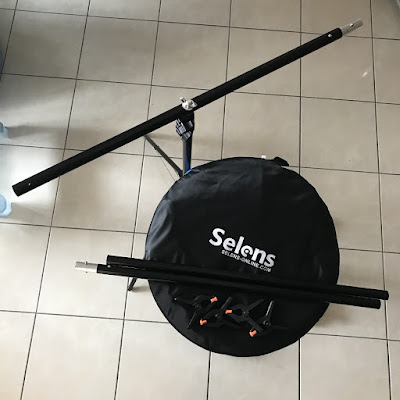 |
| Selens green/blue screen reversible backdrop with T-type tripod stand, yet to be unpacked |
 |
| Backdrop is folded inside the round zippered bag, shown here with the various tripod parts |
Together with the actual chroma key screen, which came in a round protective bag, this particular bargain I got online included a T-type tripod stand and four clips. The latter group of items function to hold up the chroma key screen. The top bar can be lengthened up to around two meters using rod bar extensions (see below). But in practice, I didn't need to do this because the screen I bought was the smaller 1.5 m by 1.0 m. The stand was intended to hold screens up to 1.5 m by 2.0 m in size.
 |
| Start from left then clockwise: T-type stand being set up to full length |
With the backdrop being reversible, that is one side green and the other blue, I can easily chose which chroma key I want to use as my screen backdrop. Moreover, the quality of the screen is good enough that the colors don not bleed into each other when exposed to bright lighting (see below).
 |
| Reversible Green/Blue Screen under natural sunlight; note the T-type stand did not need to be at full length in order to hold the backdrop (the extension arms were removed) |
 |
| Reversible Green/Blue Screen under natural sunlight and a source of LED fluorescent light |
For those of you who might be interested in getting such a product for themselves, I have included the technical specifications as provided by the Selens product pages (see below).
But hold on a minute. I have been going on and on again about the chroma key green/blue screen that I never stopped to consider that some of you might not know what it's used for. Sorry about that. In the unlikely event you do not, please refer to this article on https://www.premiumbeat.com/blog/blue-screen-vs-green-screen/. Anyway it'll be back to painting in the days to come. Using the chroma key screens will have to wait for now as I strive to get my painting projects up and running. Until next time dear reader, please stay safe and be well.



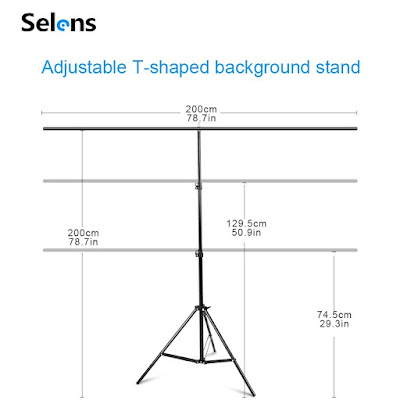




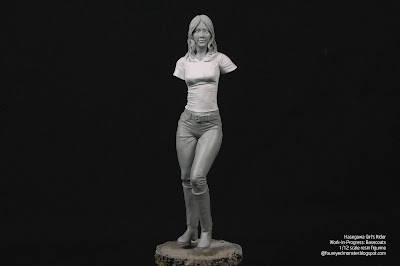
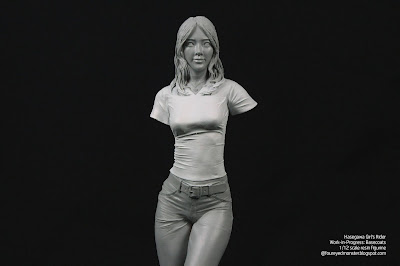




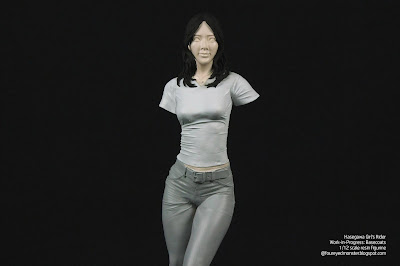

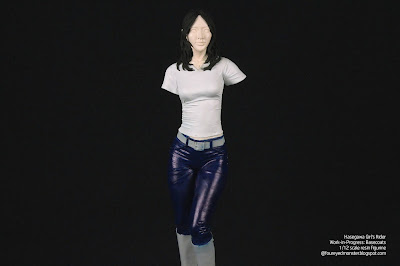
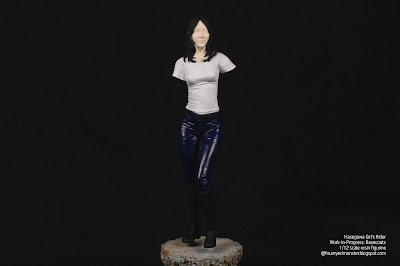
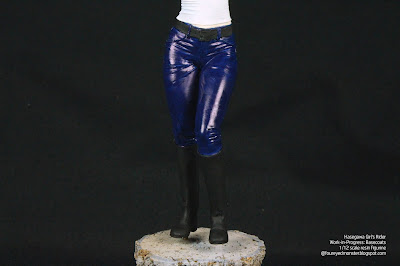


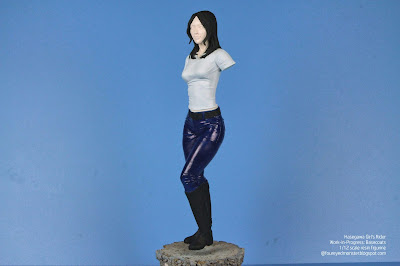







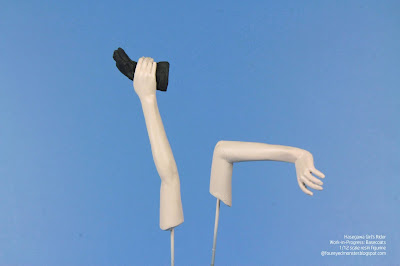

.jpg)